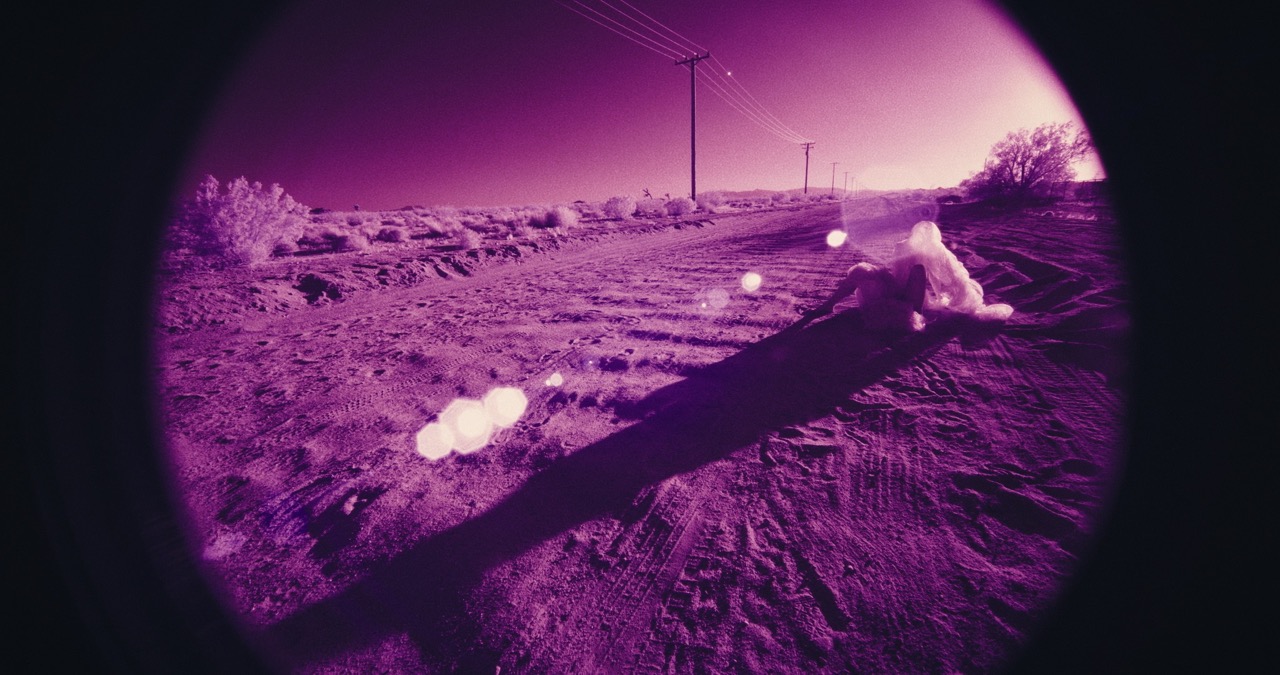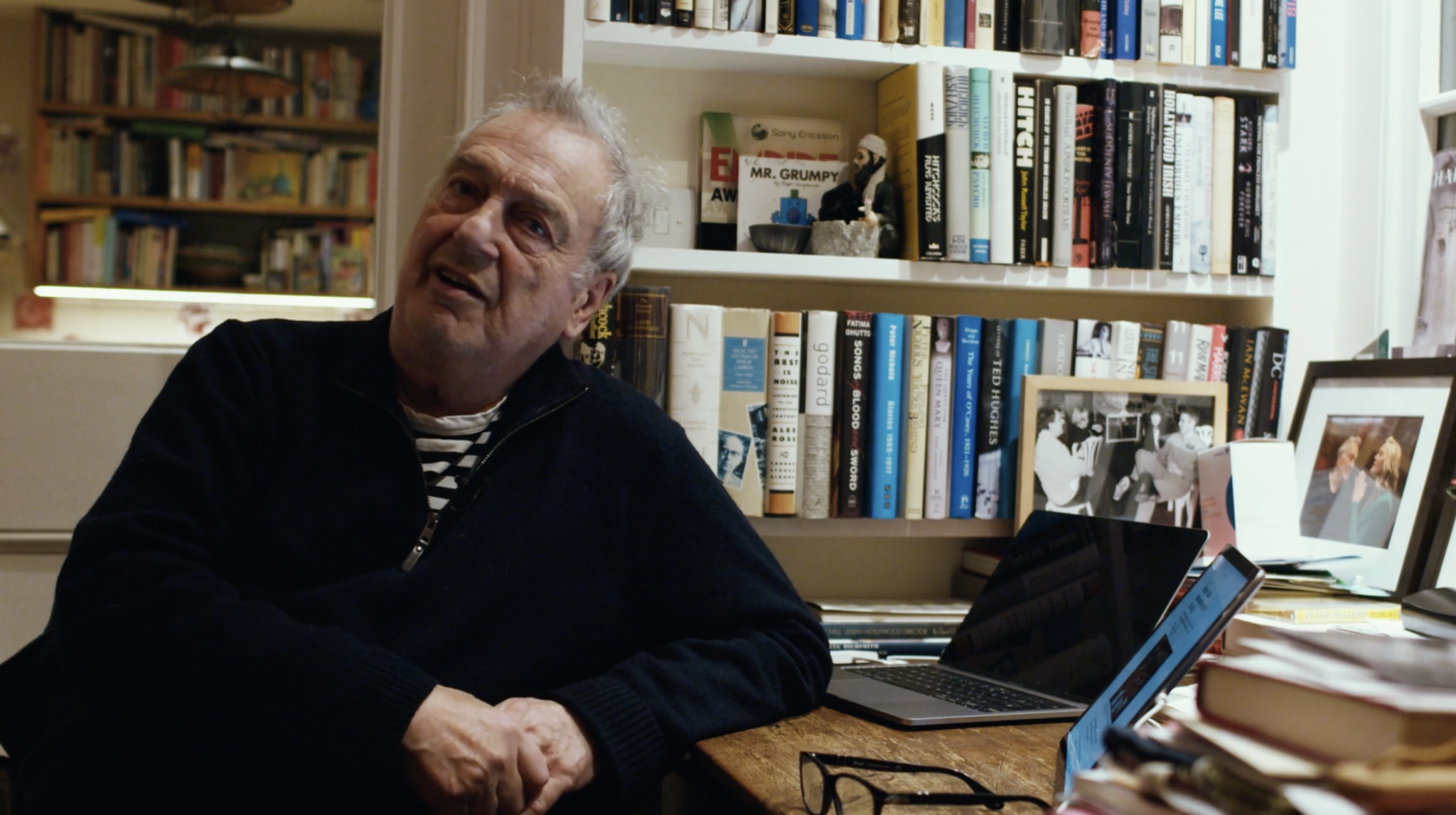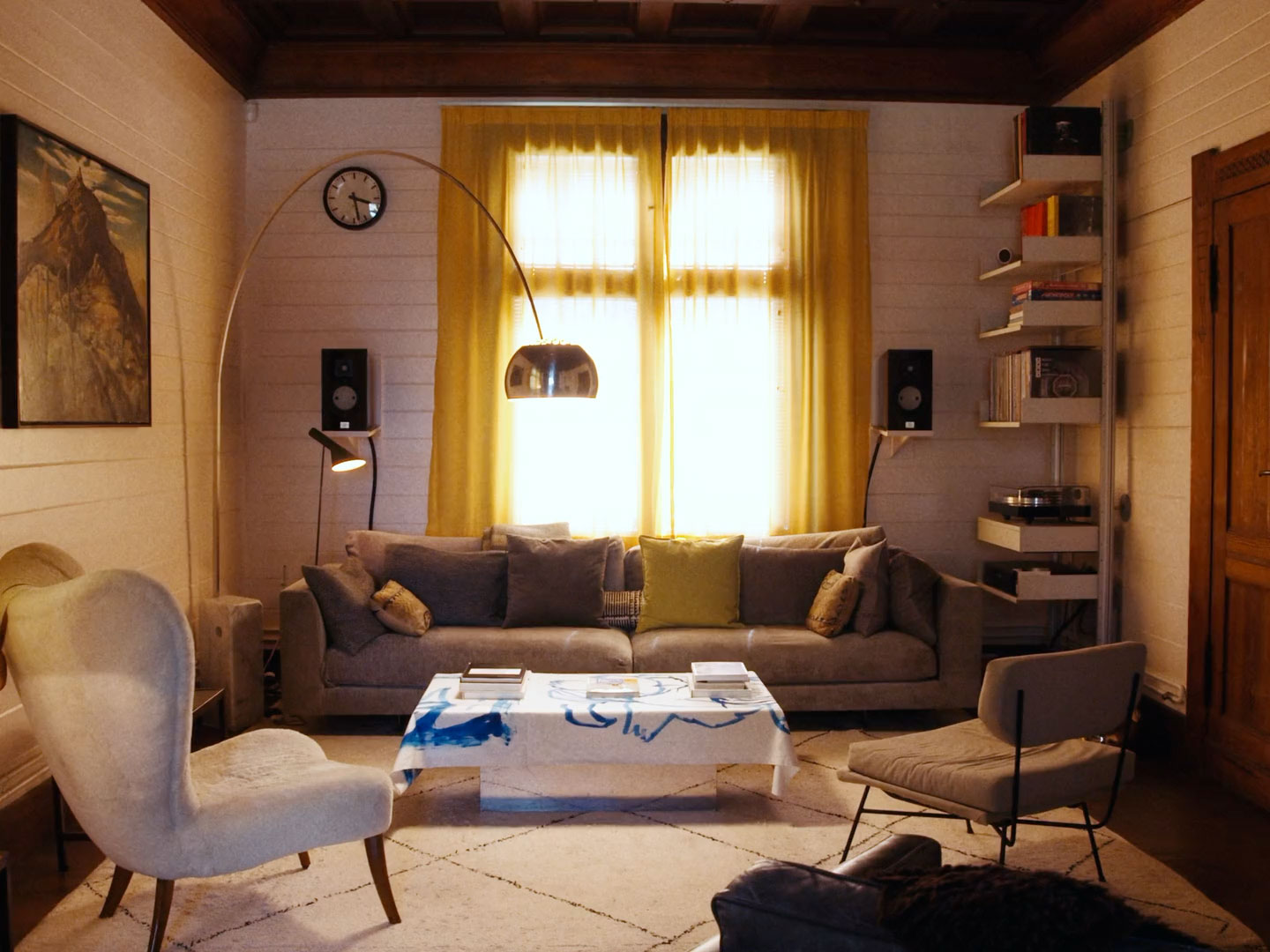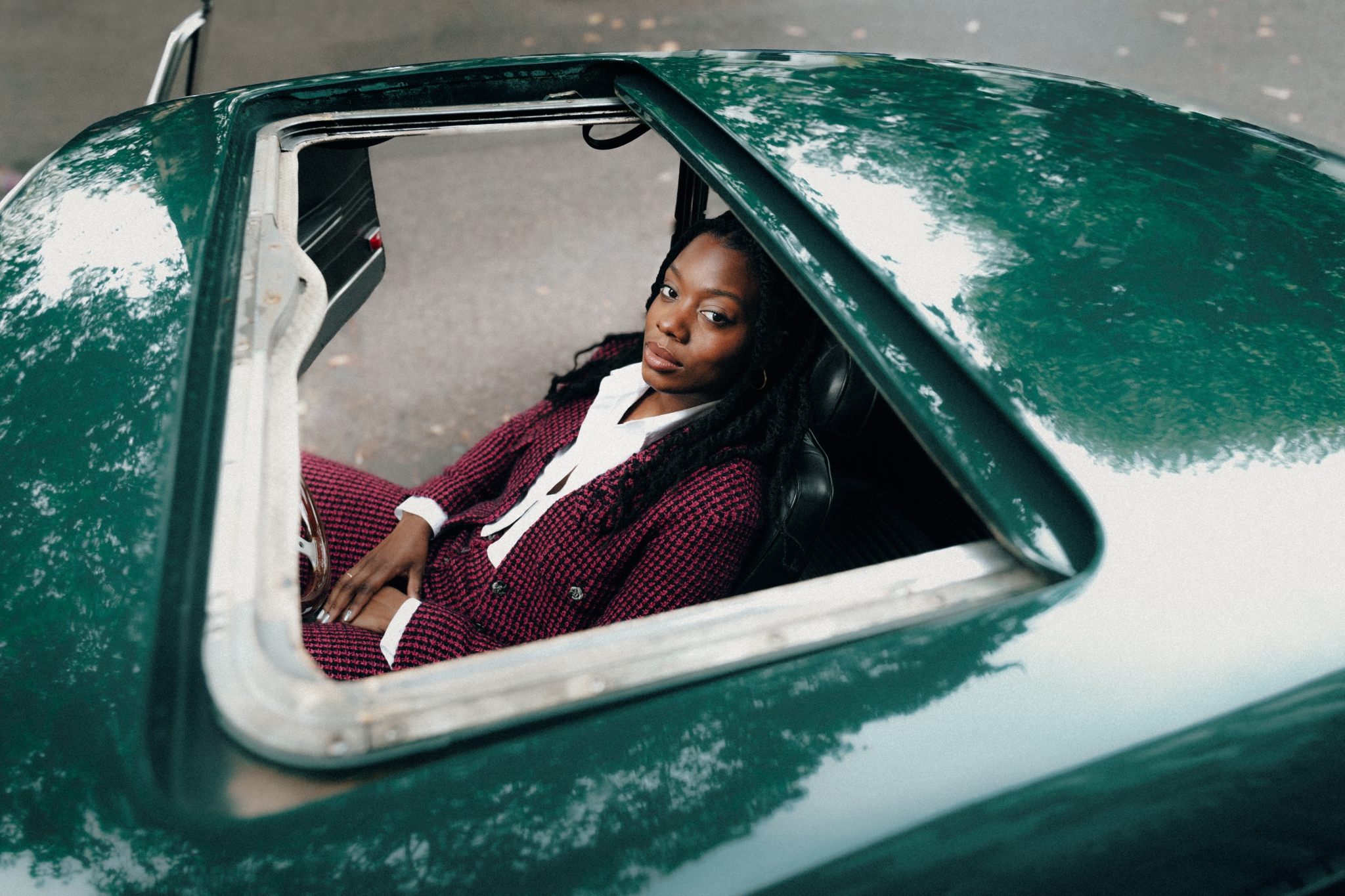

The New York native tells A Rabbit’s Foot about working on The Marvels, her love for films and comics alike, and why cinema isn’t dead.
A lot will be said about what Nia DaCosta represents for the current phase of the Marvel Cinematic Universe in the lead up to The Marvels exploding into cinemas in November; when you’re the youngest person and only black woman to date to helm the reins of an MCU movie, you’re bound to encounter both welcome and, unfortunately, unwelcome attention.
But the Harlem-born, London-based director isn’t phased. In fact, it’s not something that was on her mind much at all during shooting. “When you’re the person trying to mount the 100 million dollar movie, you’re not really thinking about that”, she chuckles, rolling her eyes slightly but also acknowledging the importance of the milestone.
However, what is interesting about DaCosta being young enough to have been among the MCU’s original target demographic, is that it might also make her the first in the franchise’s history to have actually dreamt of making an MCU movie. “I’ve always loved Marvel—I grew up with the comics.” She tells me. “The first Iron Man came out when I was 18. I just always thought it would be so much fun to play with this world, to contribute to this universe I’ve enjoyed for so long.”
With The Marvels, which will see Brie Larson’s superheroine teaming up with Monica Rambaeu and Kamala Khan, DaCosta is doing exactly that. As we talk, her love for the source material shines through, referencing everything from 90s superhero cartoons, to the Tim Burton Batman films (her first foray into left-field cinematic mania), to Final Fantasy: Advent Children. She also speaks with admirable candidness about the current state of moviegoing, and the highs and lows of working with the biggest movie studio on the planet right now.
*Please note that the following piece was written before the cinematic release of The Marvels*
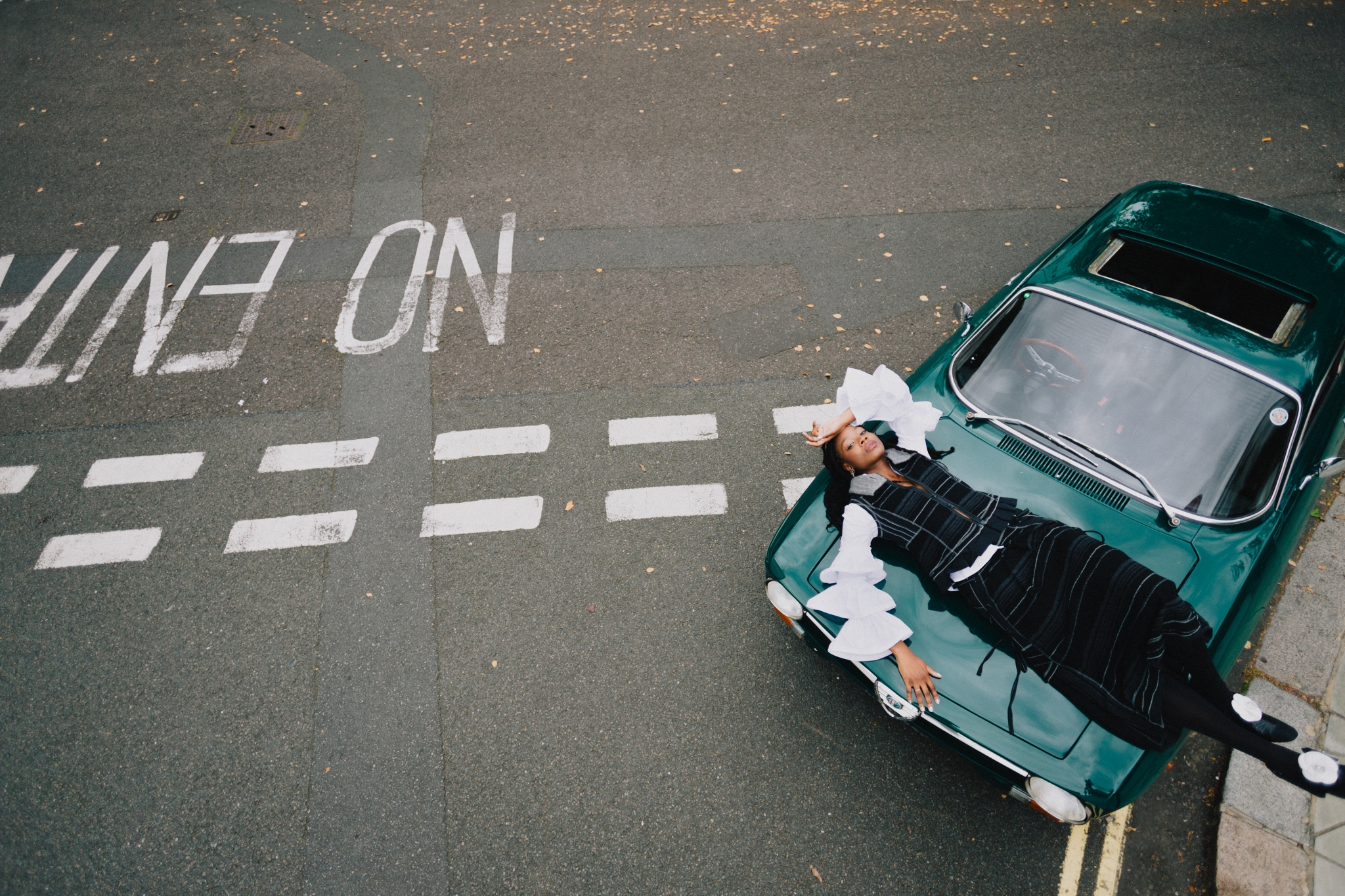
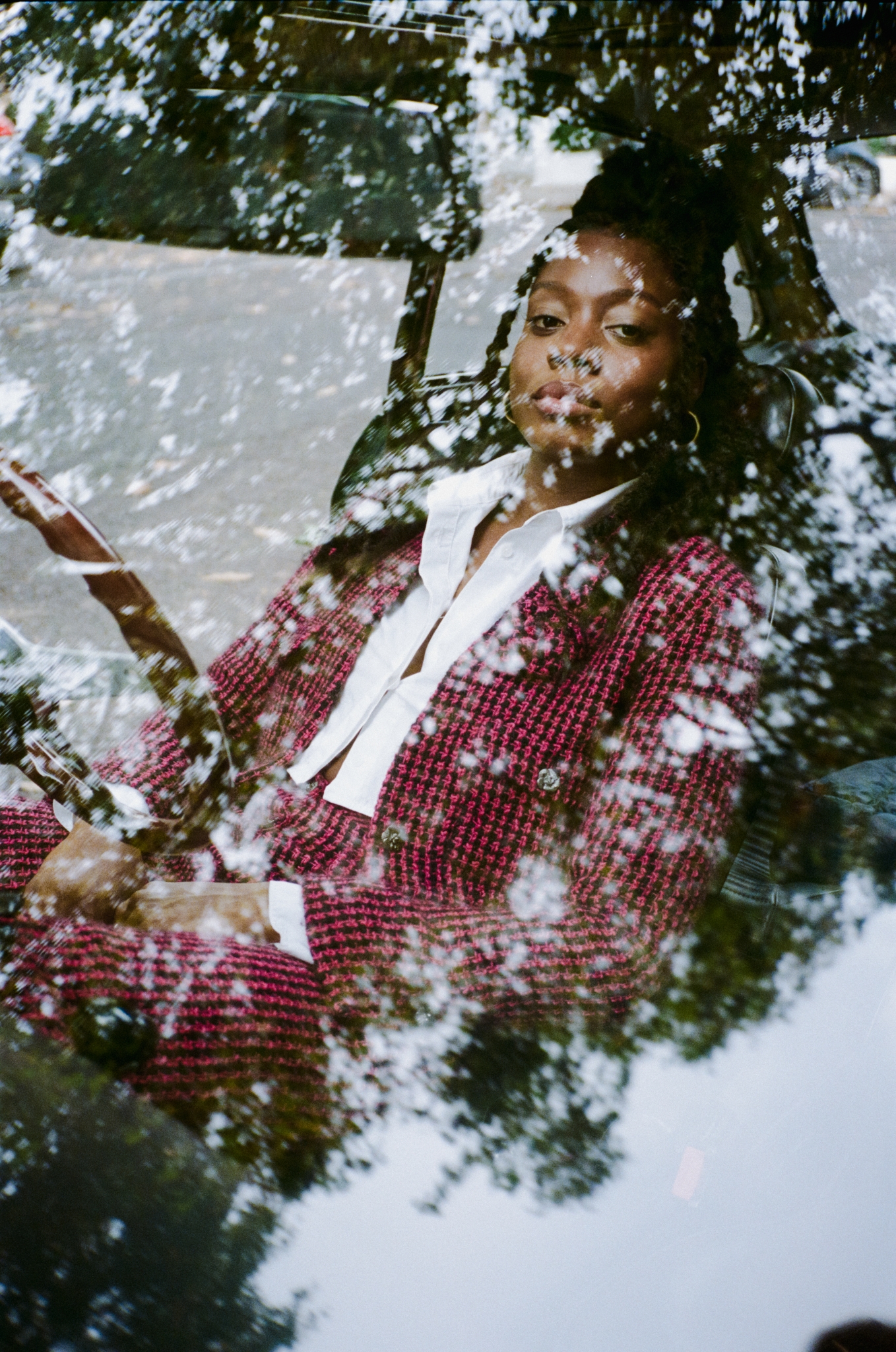

A RABBIT’S FOOT
How did you begin researching this project?
NIA DACOSTA
In terms of the comics, I dove into Kelly Sue Deconnick’s Captain Marvel run, which is incredible. There was one really great one where I ended up saying, “you should just make this the movie” And then, Kamala Khan’s Ms. Marvel—she’s probably my favourite new Marvel character–I read her run when it first came out, at 20 years old. I’m a comic book nerd from the Tri-State area, so is she. I’m a first gen American, so is she.
A RABBIT’S FOOT
She writes fanfics…
NIA DACOSTA
Exactly! I was writing fan fiction! That was me.
A RABBIT’S FOOT
Who are some other characters that you resonated with growing up?
NIA DACOSTA
I loved Michelle Phieffer’s Catwoman—no one’s done it better, and no one ever will. I also went through all of Chris Claremont’s run of the X-Men for the first time about ten years ago. Such beautiful characters and stories. Storm was my favourite. I would love to do a Storm movie. A character I find the most fascinating, though, and that I would love to adapt into an anti-hero film, would be Galactus. I had dinner with Kevin Feige and I was like, “okay, so here’s what the Galactus movie is going to be, and here’s how it’s going to reset the entire universe”, and he was just like, “okay girl…” [laughs].
A RABBIT’S FOOT
Were you able to apply that nerdiness to the film during shooting?
NIA DACOSTA
For sure. I was trying to do even more than was necessary, I was trying to get all the easter eggs in. At this stage the MCU is so much its own thing, so it’s actually less of a burden to explain everything that’s going on. So I was really committed to making the world feel as full as possible. There’s a specific comic book frame I wanted to nod to. There’s a costume I wanted to re-work and give to this character. I got to re-design the costumes, which was so much fun. In that sense, they really let me run away with my imagination.
A RABBIT’S FOOT
I can’t help but admire the genre sensibilities in some of your earlier work. Was there space for that here?
NIA DACOSTA
As a filmmaker I’m still trying to figure out who I am. Everything I had done before Marvel was rated R, Little Woods, Top Boy, Candyman were all very dark and complicated, and this just felt like a very different thing. Little Woods has a genre undertone to it, it’s got this thriller element pulsing underneath it. This movie, tonally, wasn’t going to have space for that same genre sensibility. But my DP [Sean Bobbitt] and myself were still able to accomplish something visually that I was proud of. This is my first time working with visual effects, and extensive fight scenes—and I’m very serious about fight scenes. In a genre space, that’s one of my favourite things about the film. The first big fight set piece is insane.
A RABBIT’S FOOT
What kind of movies were you drawing from for those set pieces?
NIA DACOSTA
The bathroom sequence in Mission: Impossible – Fallout was a big one. Liang Yiang, who is in that fight scene and was the fight choreographer for that movie was also our fight choreographer. I don’t know if you know about Final Fantasy 7: Advent Children, the movie that’s an offshoot of the video game. It’s brilliant. There are a couple of sequences in that movie, an iconic fight scene in this church—if you know, you know. I mentioned that to Kevin during my initial interview, and at the end he was like, “oh, you got me on a couple of those references” and I was like: “YES! I out-nerded Kevin Feige!”
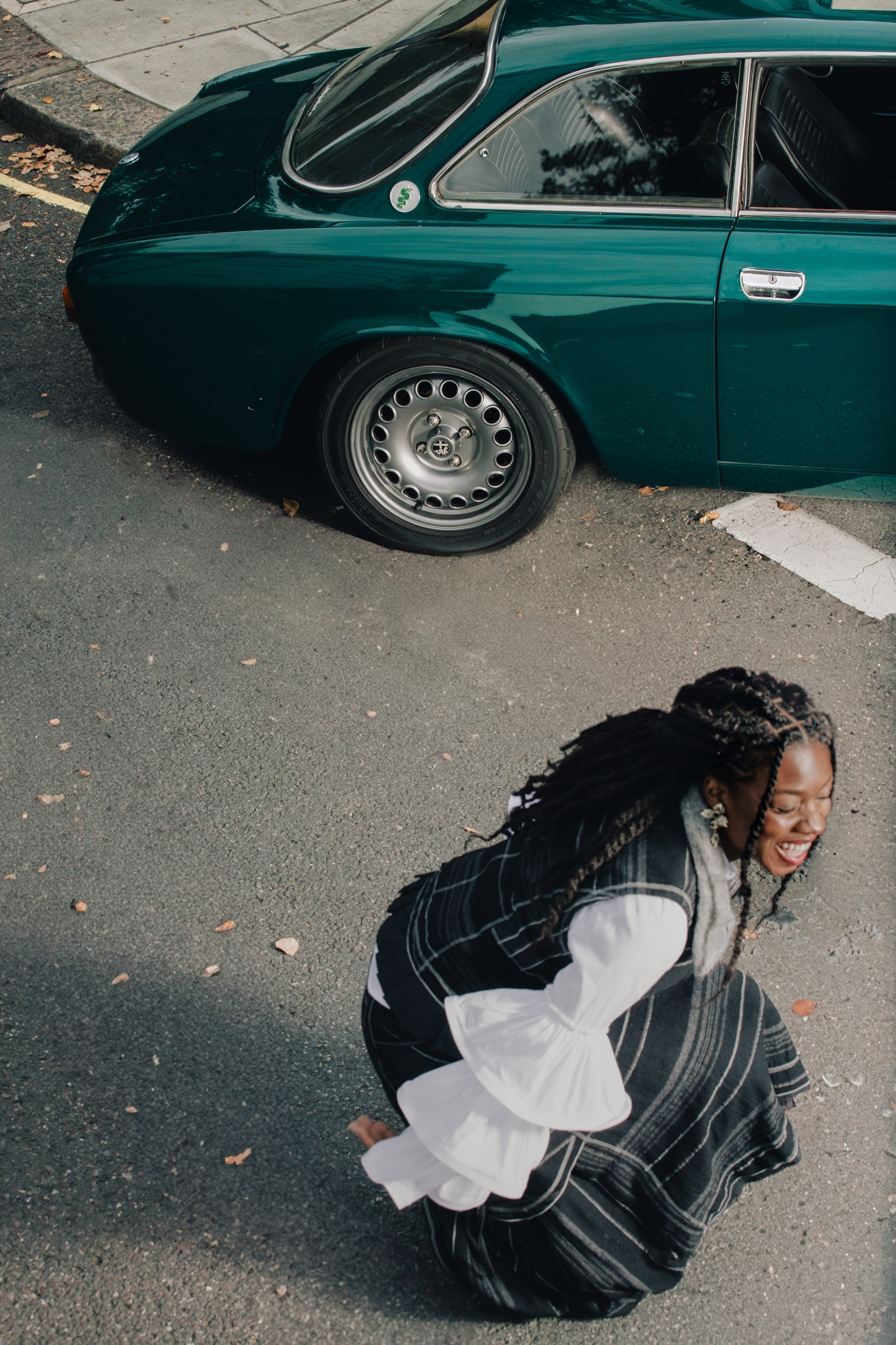
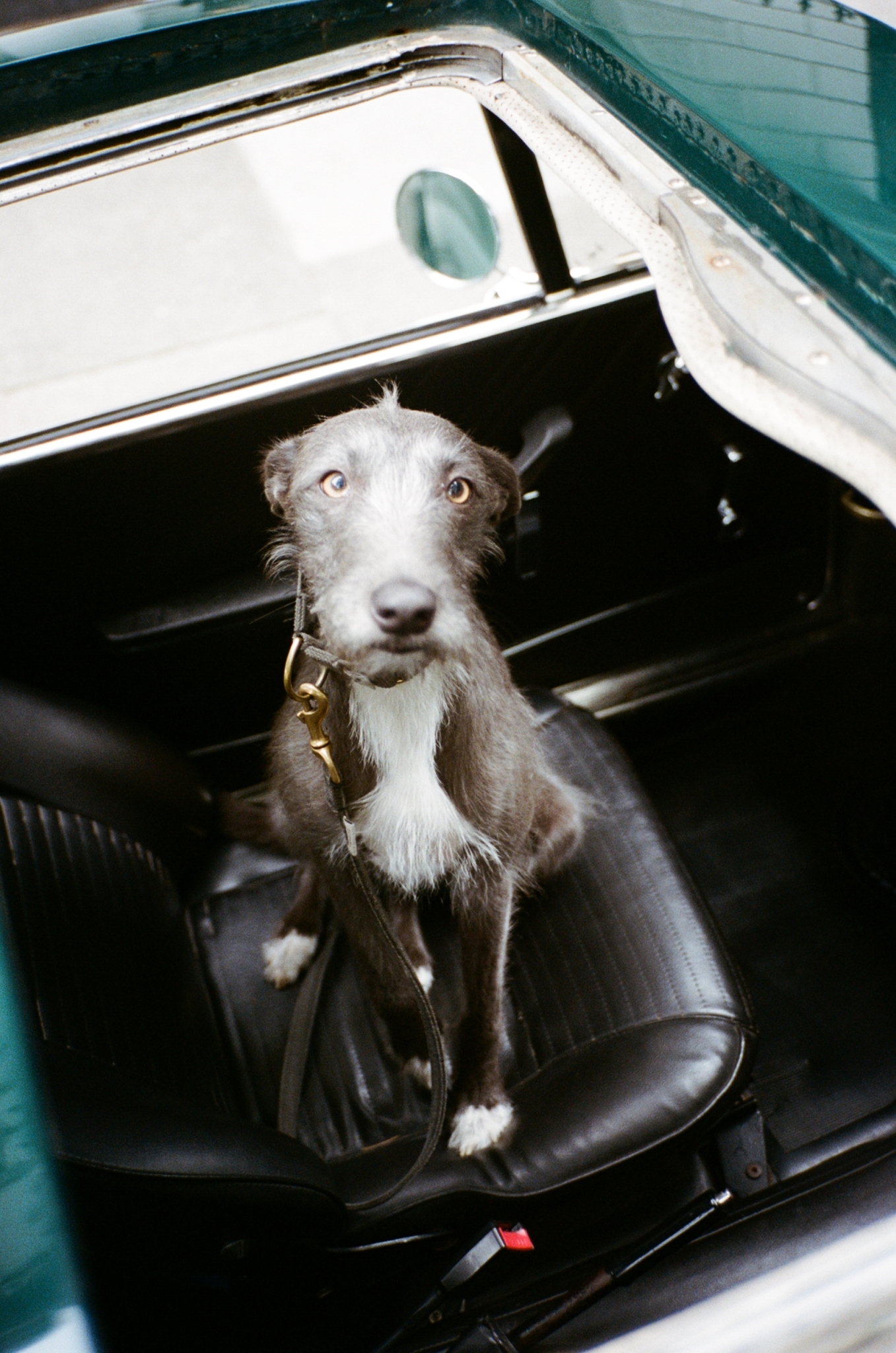
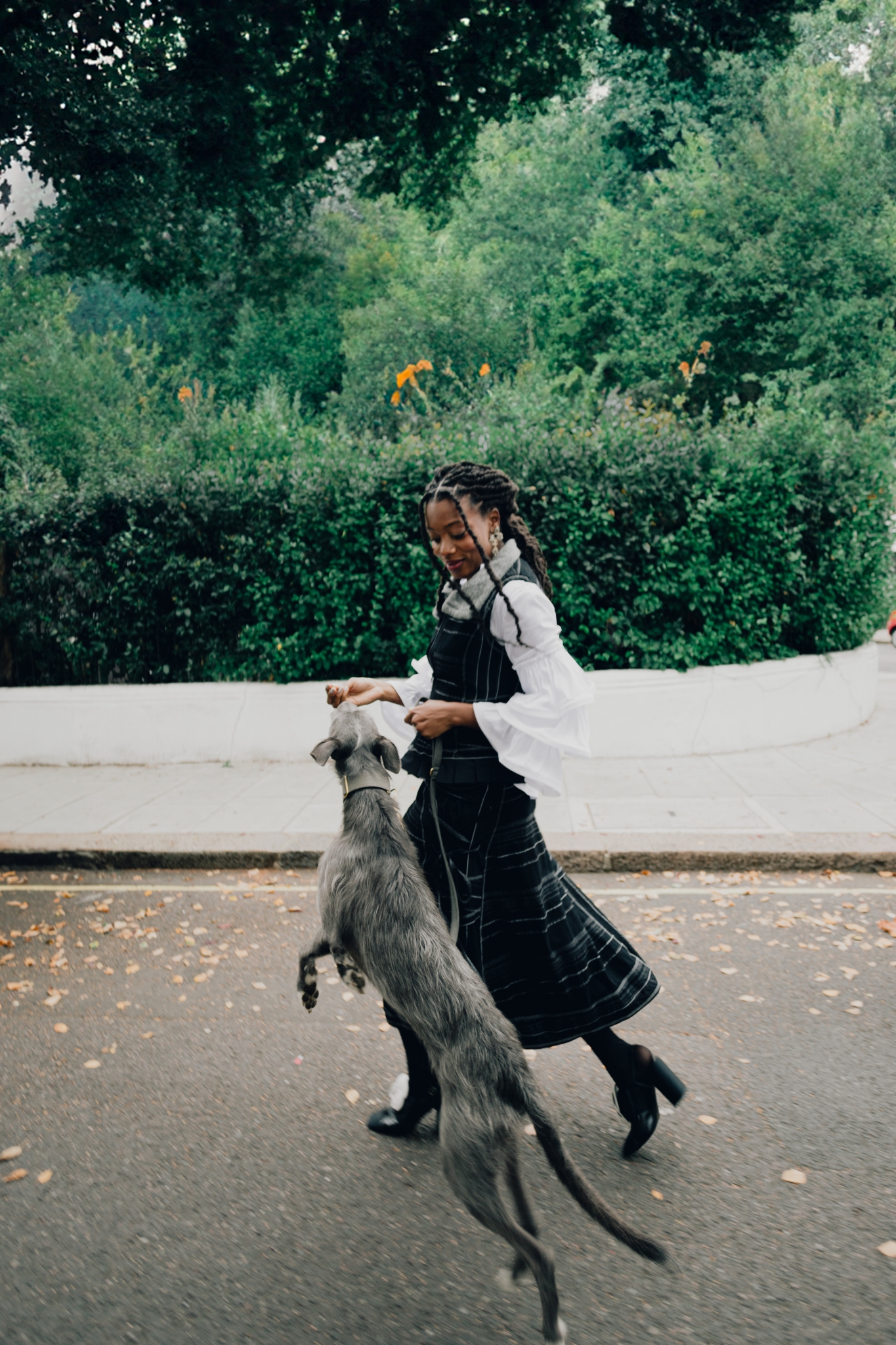
A RABBIT’S FOOT
Greta Gerwig recently said she wants to move on from indies and be a big studio director. What are your ambitions going forward?
NIA DACOSTA
My next film is a healthy budget, but much smaller than this—I mean, everything’s much smaller, it has to be. I have a wide range of stories I want to tell and how I want to tell them. I’ll tell you what I do want to return to, and never depart from again, is more authorship—being the deep creative lead of a project, no matter what.
A RABBIT’S FOOT
How was it for you going from fairly small budget films to suddenly having this vast amount of money to work with?
NIA DACOSTA
The only bad thing about having a lot of money is the expectation that you’re going to make a lot of money, which makes everybody scared to take risks, and I have less control as a director about where that money is spent. There’s so much money that’s already gone as far as I’m concerned, I don’t have control of that. The studio decides that. I was hired to be a director, and for myself I made the decision to trust this system and trust this process. They’ve made 32 movies like this, and in the grand scheme of this universe I’m a very small part of it.
A RABBIT’S FOOT
Can you tell me about working with some of the amazing women in this film?
NIA DACOSTA
Marvel decided early on that they wanted the three Marvels to lead this thing together. It was a real binary. You have your heroes, who are all women, then you have your villain. If it’s a woman, that’s the story: “it’s an all-woman cast!” And if it’s a man, the story becomes, “it’s women against the Man” and both of those narratives are reductive to the film itself. At the end of the day, I just wanted to work with Zawe [Ashton] really badly.
A RABBIT’S FOOT
Are you conscious of those talking points while you’re shooting?
NIA DACOSTA
Nobody’s talking to me about that stuff until I’m doing press. That’s when the narrative begins. It’s not like they hired me and said, “Nia, you are officially the youngest person and first black woman here.” [laughs] That’s not the conversation. I know it was an important thing for Victoria Alonzo to diversify the storytelling of the MCU, and it’s important to Kevin too. But I also know they truly just choose people they’re excited about. I get it though. The MCU, for a long time, was very male and very white, and so when there’s a change, that’s the story, and it should be the story. But when you’re the person trying to mount the 100 million dollar movie, you’re not really thinking about that.
A RABBIT’S FOOT
I recently stumbled upon an amateur short film on YouTube called The Black Girl Dies Last, which I hope you never remove from the internet…
NIA DACOSTA
I can’t, I literally tried! I don’t have the password. Someone tried to program it at a festival to show “the early work of a filmmaker”, and I was like, we shot that at one in the morning on a Saturday night in a dorm room when we were fifteen, bored as hell. I was always so jealous of directors like Spielberg who made these beautiful cinematic achievements on 8mil when they were starting out. I was an idiot with my DV camera shooting my friends killing each other.
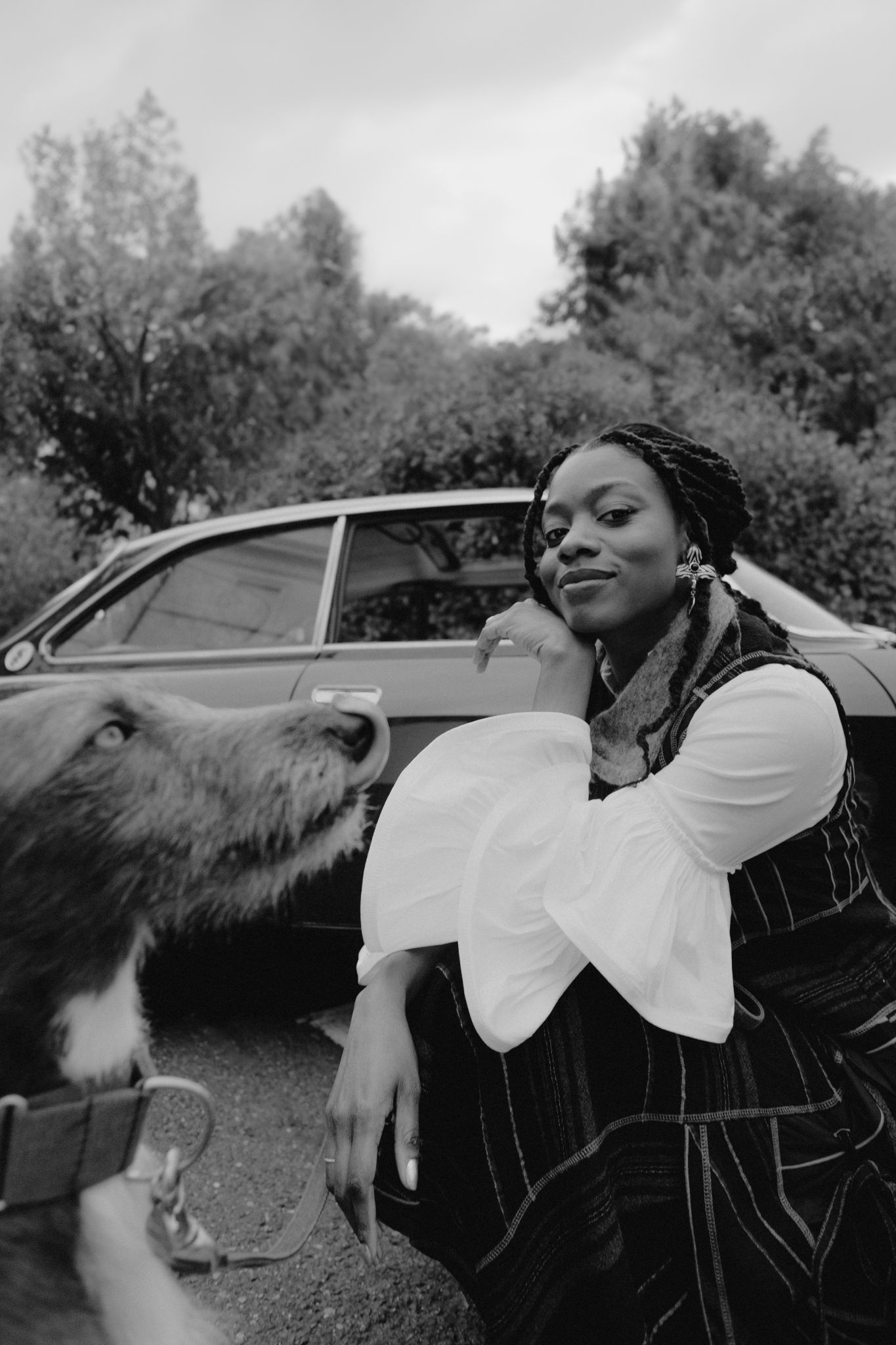
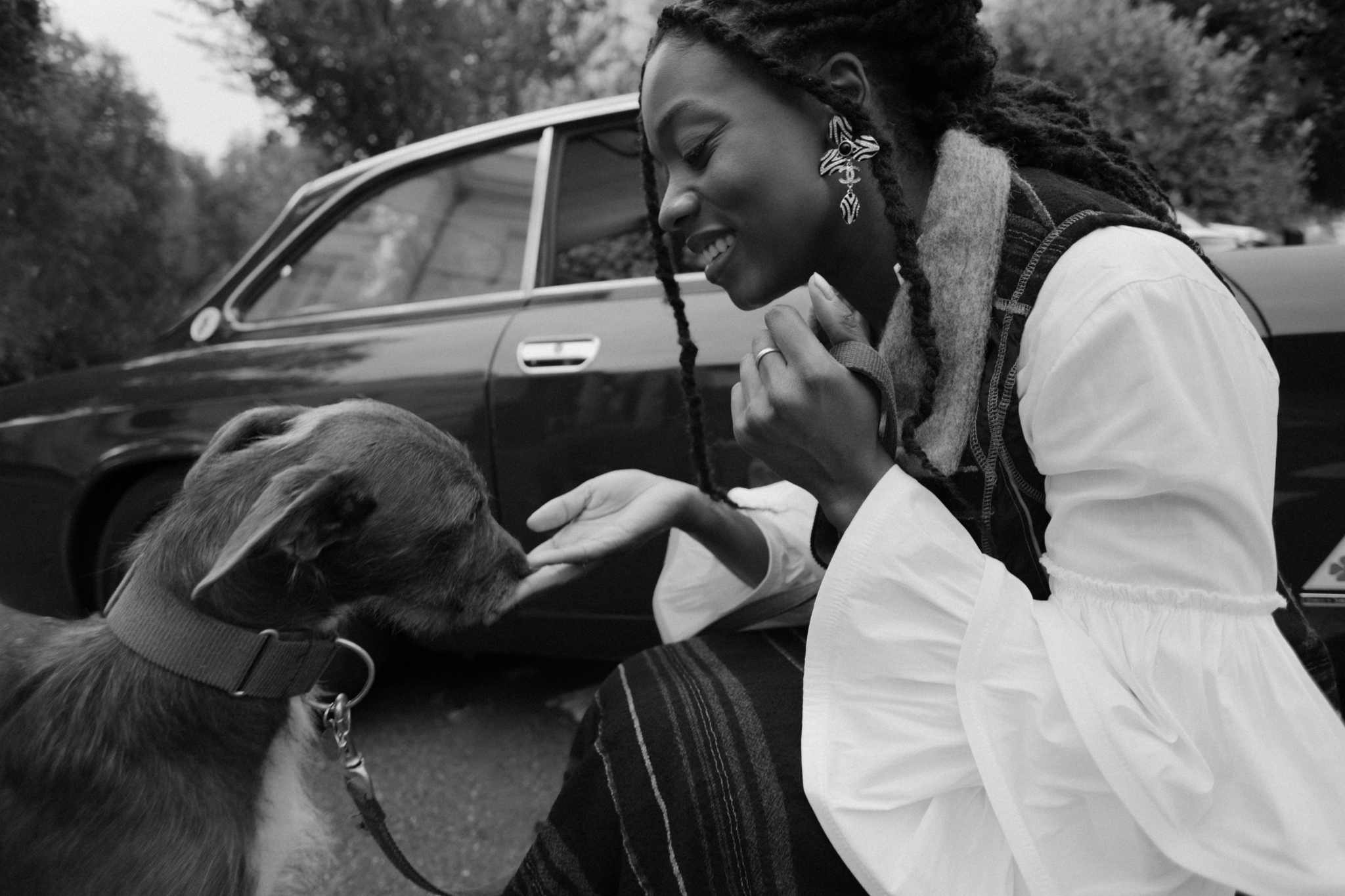
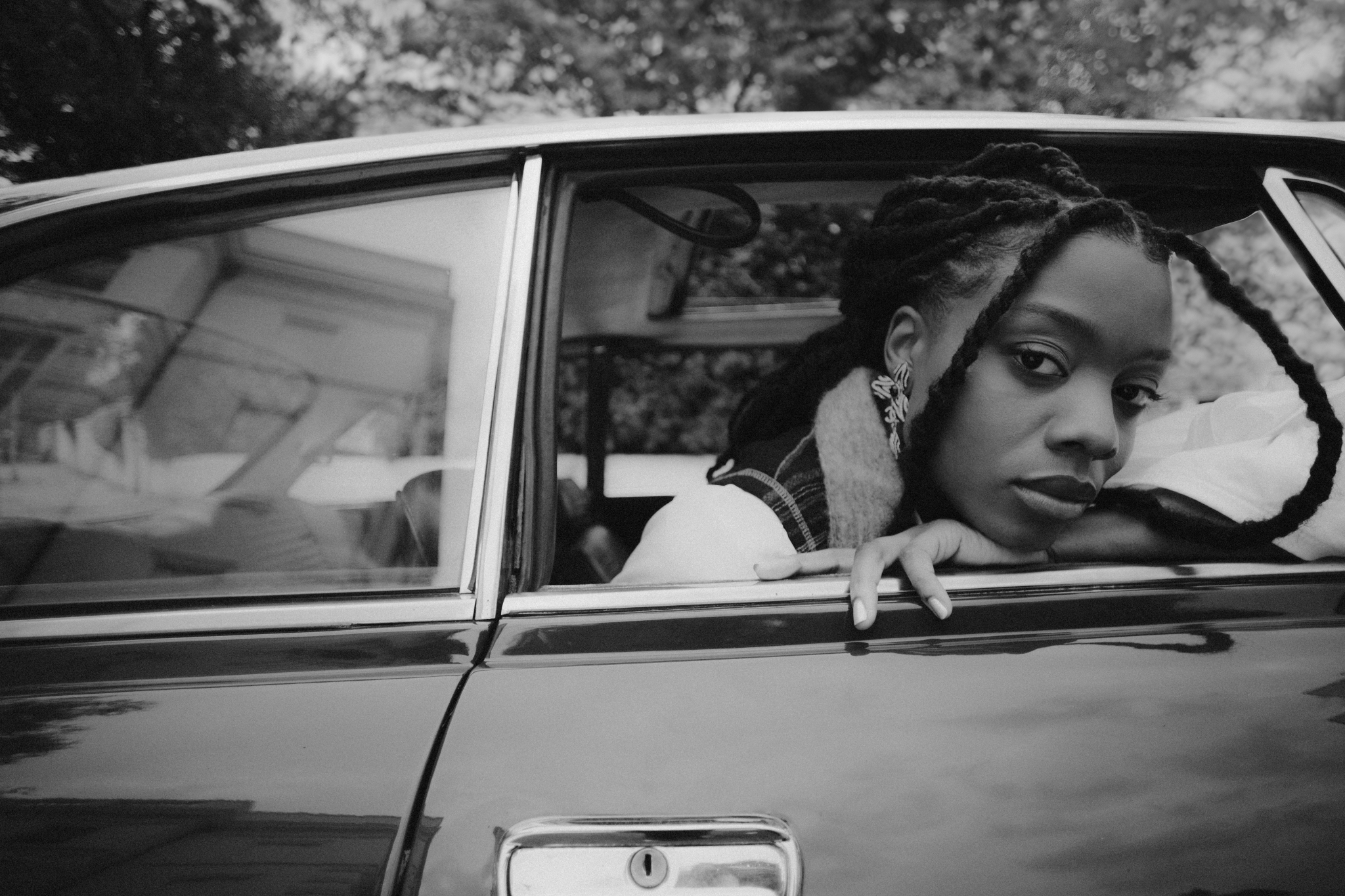
A RABBIT’S FOOT
But it is really fun and it’s an early signifier of your passion for storytelling. Where did that passion originate for you?
NIA DACOSTA
The first movie I saw in the cinema was Jurassic Park, at three years old. My dad just really wanted to see the movie and he took me, and I couldn’t make it through the film. I was crying and screaming the whole time. I had to leave around when the Brontosaurus showed up.
A RABBIT’S FOOT
That’s a lovely moment!
NIA DACOSTA
I was thinking about this, I think what happened was we had just gone through a T-Rex attack, and my baby brain is thinking “another giant dinosaur? I can’t do this.” But I was always a storyteller. I was always writing poetry and novels and short stories. Building my own worlds. We also had HBO and that was a beginning for me. Seeing these amazing films they would broadcast. Then when I was in boarding school I was introduced to the work of Francis Ford Coppola, Bong Joon-ho, and Alan J. Pakula. It was all accidental, it was stuff we had in the dorm on DVD in the common room. That’s how it hit me. Film—that’s how I want to tell all these stories.
A RABBIT’S FOOT
Home viewing has become such an essential aspect of the culture now—but maybe it always has been. Do you value that experience as much as you do the cinema experience?
NIA DACOSTA
It’s so true that so many of the movies you remember watching as a kid were the ones that were on TV re-running a thousand times at 3am. The first time I saw Purple Rain was very late, blurred because I was way too young to watch it. But on the flip side, the first time I saw Purple Rain in the theatre was right after Prince died, and that experience was so singular.
It’s a completely different experience. For me, cinema is like church. I go there to experience a type of therapy. But there’s a lot to figure out in terms of accessibility and exhibition right now. I went to see Mission: Impossible and this guy answered a fucking facetime call. But at the same time I saw Passages in the theatre and that was an amazing experience, where the audience were gasping and fully immersed and reacting to the movie. And that’s a quiet, independent film. There’s still so much importance to cinema-going. I don’t think cinema is going to die—I just think Hollywood is in a space where the exploitation that’s rampant needs to be figured out, because they’re losing money in the long run.
A RABBIT’S FOOT
There’s this ongoing tension between indie cinema and big budget Superhero movies that a lot of filmmakers have spoken about. What’s your take?
NIA DACOSTA
I think Scorsese has spoken so eloquently about it during the Flower Moon press tour, and it’s a shame that it’s such a clickbait title now. It’s become an uninteresting debate because no one’s actually doing the work to unravel it. What is the financial and economic ecosystem in which Marvel or big superhero movies are given X many theatres and these smaller movies are given X many theatres? Growing up, my two favourite movie theatres were both on the Upper West Side. 68th Street Loews and Lincoln Plaza Center. I loved 68th street because it was the only true Imax screen in New York. I was lining up for the new Harry Potter movie there—those kinds of formative experiences. And then the Lincoln Plaza was where I watched my indie and foreign films, and I loved it there too. Lincoln Plaza shut down five or six years ago. 68th street is still there, and will probably always be there.
This is all to say: I love a big bombastic superhero film, and I love a small arthouse film. Economically, there’s always been a struggle for studios to balance their big IP and smaller independents. The model that I most loved was when the studio entities made a big blockbuster film and would use the profit to make…I’ll be honest, more interesting, smaller, more adult, less financially certain, films. That’s a model that can and does work. But right now it’s scarier for studios to make those commitments. It’s an ecosystem that’s not going away. People have said before that the Superhero film before the Superhero film was the Western, and another point in time it was Steven Seagal action-thrillers. But I do find it disappointing when one kind of movie is dominating the space and stopping other movies from thriving.
A RABBIT’S FOOT
I want to briefly touch on the locations of some of your films. Candyman is set in the Chicago projects, Little Woods is set in North Dakota. How do you go about capturing the spirit of these areas so authentically?
NIA DACOSTA
A ton of research and a ton of humility. They say to write what you know, but it’s even more important to write emotionally within the truths your characters inhabit. It doesn’t have to be the exact world you were raised in. Storytelling is about discovery, empathy and connecting across cultural divides. If I’m curious about an experience and want to amplify it on screen, then I’ll dig into that world through good journalism and documentaries. And then you need the humility to say to yourself, “Oh, I was wrong about that preconception” You have to be open to being wrong, all the time.
A RABBIT’S FOOT
Were you able to bring the same type of personal element into this film that you have with your previous projects?
NIA DACOSTA
My pitch to Marvel was that I saw these three women as estranged sisters. Captain Marvel is the oldest; she’s the prodigal child, she’s already left home. The middle child is Monica; she’s felt the abandonment the most out of the three of them. And the youngest is Kamala; she idolises the eldest sister but doesn’t understand why the middle sister has that pain about them leaving. Then you put them all together and have them reconcile their issues. That’s basically what’s happening. And also they have powers and, also, you know, she looks up to her because she can blast photon light out of her fists or whatever [laughs] but those emotional connections is my truth that I’m bringing to a story like this.
Creative direction by Fatima Khan. Interview by Luke Georgiades. Photography by Andrew Georgiades . Stylist and movement by Olivia Pezzente. Videography by Jackson ForsytheProduced by Anna Pierce. Nia DaCosta is styled in Chanel FW23 & Eiko Kondo (sourced from Files London). Lighting Assistant: Aidan Tan. Creative Assistant: Adriana Aoun. Make Up: Patricia Hytonen. Hair: Molecia Seasay. With special thanks to Jody Thain and Ned. Car: Green Alfa Romeo GT Junior 1300–1970


